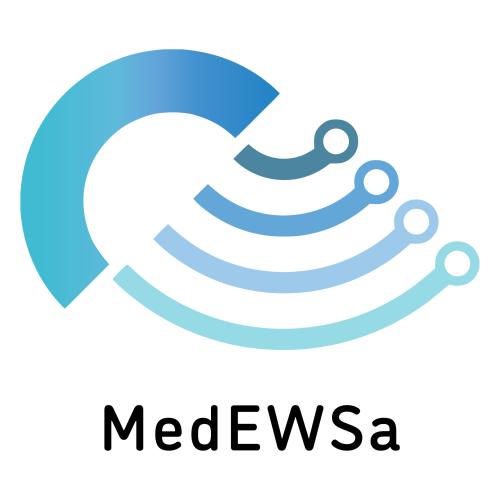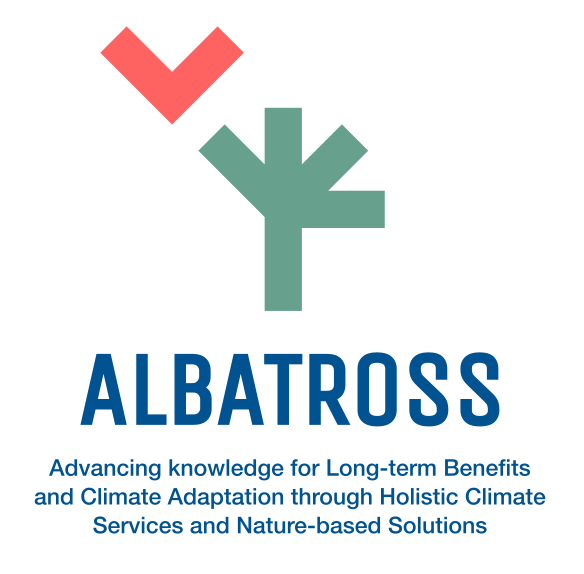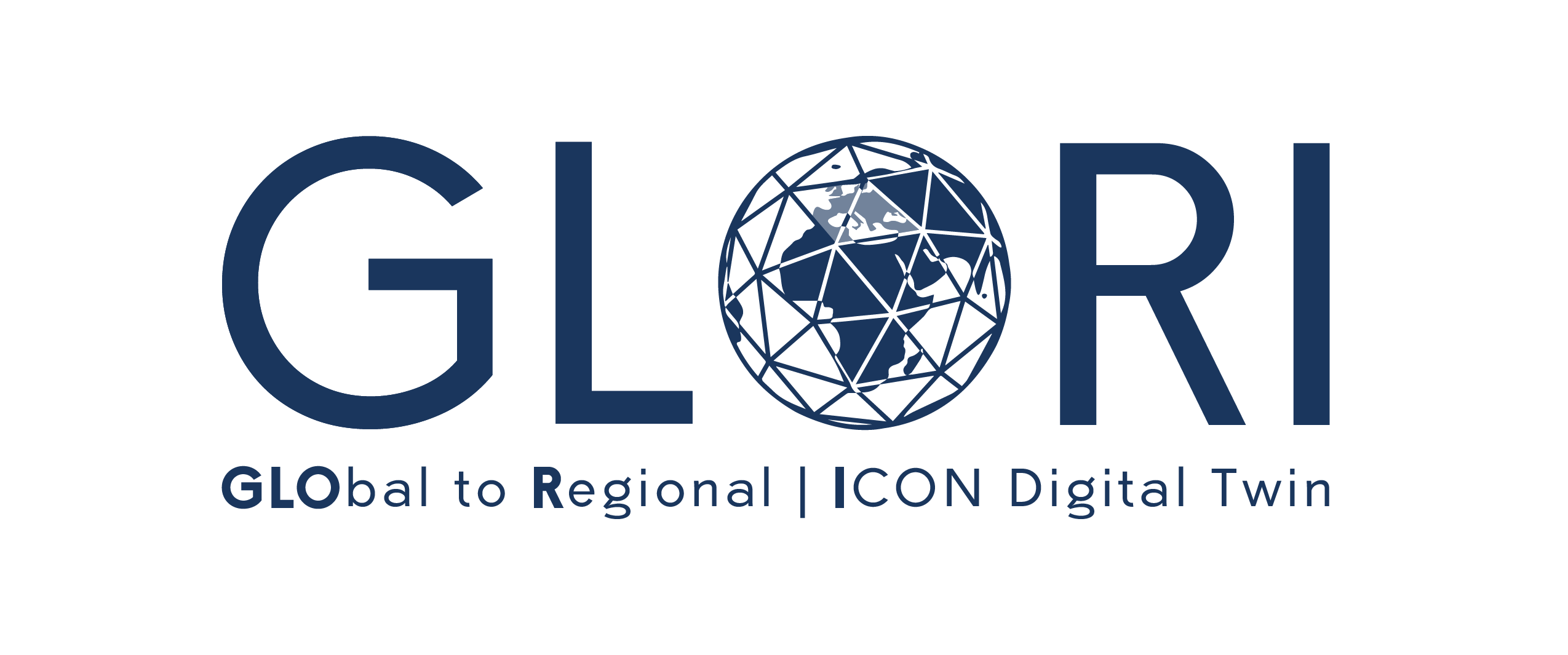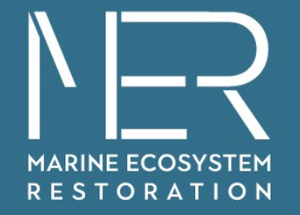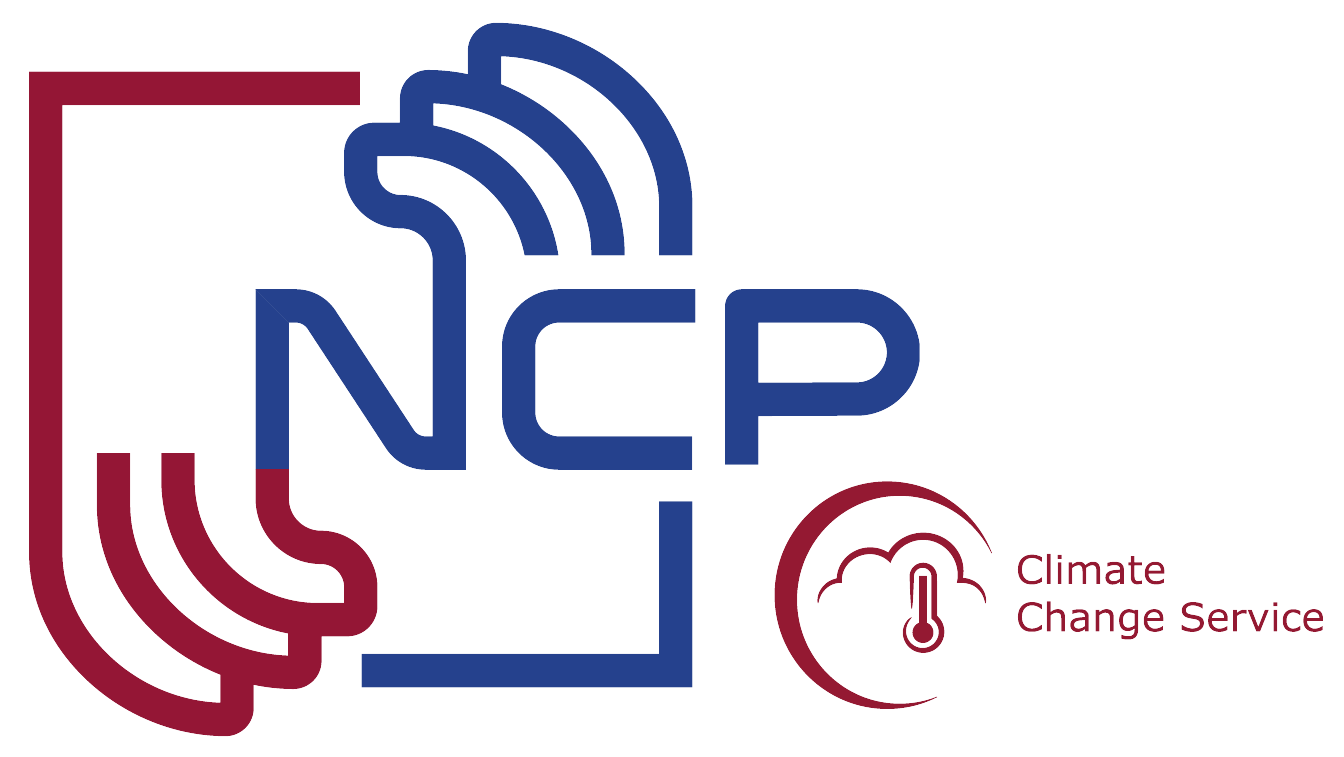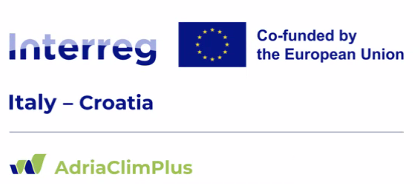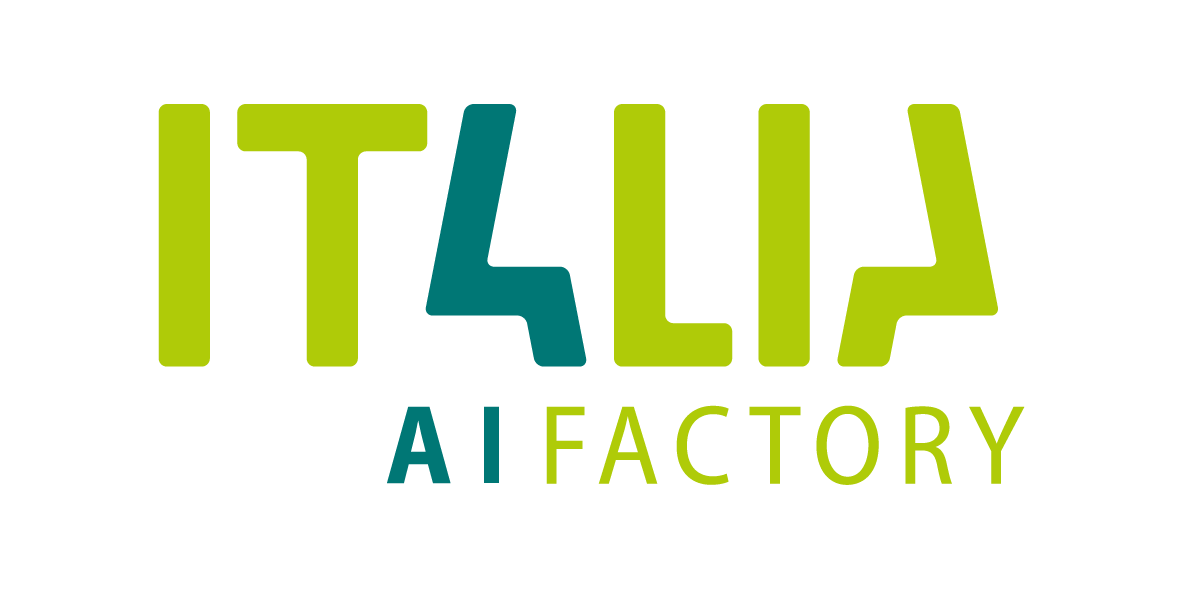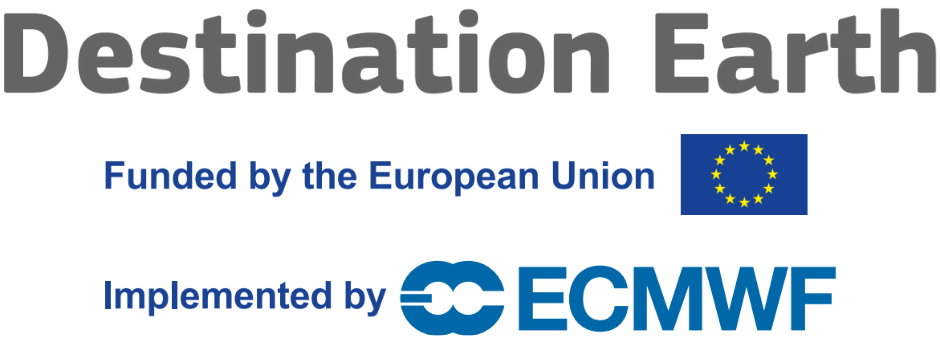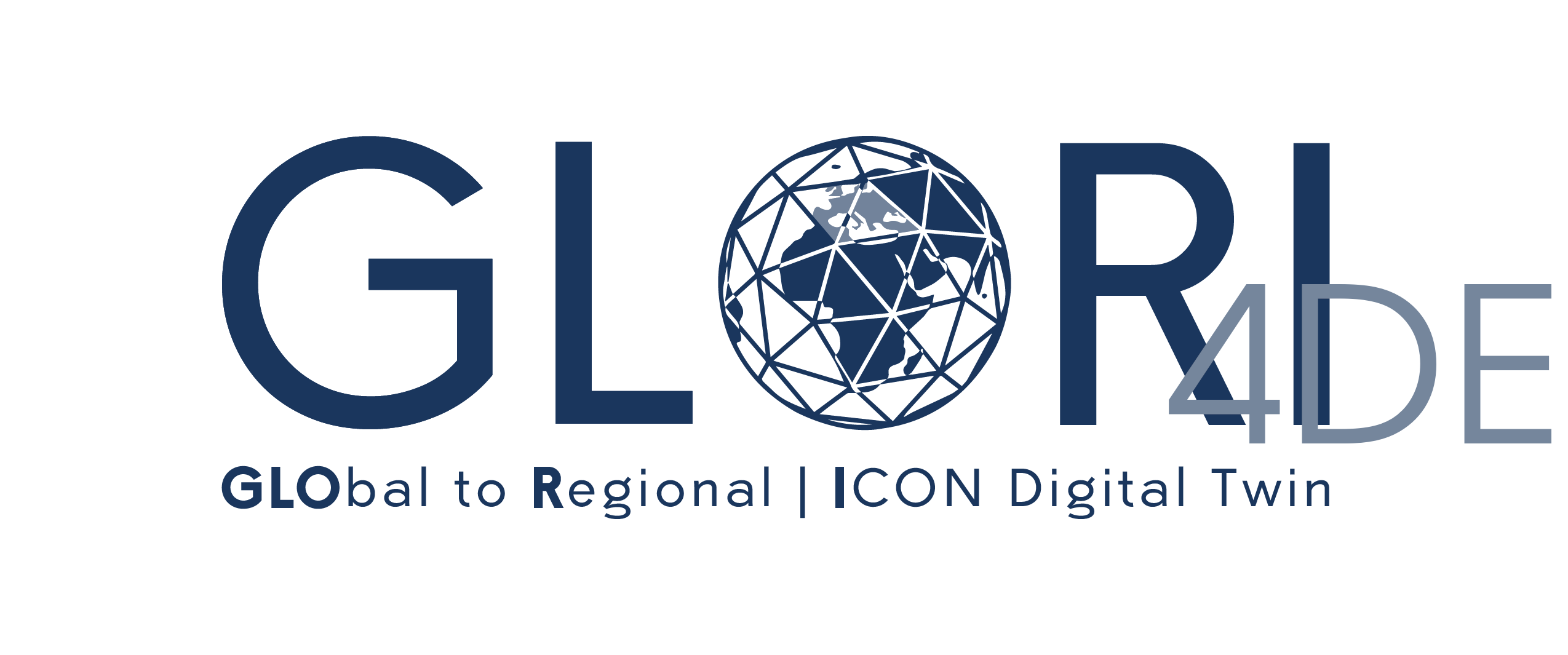Projects
Home > The Agency > Projects
The ItaliaMeteo Agency actively participates in the implementation of projects financed with the contribution of European funds for the development of mitigation, adaptation, education, awareness and governance actions and tools aimed at addressing the global challenges of climate change and risk reduction.
Participation in national and international projects allows the Agency to share experience and knowledge to identify concrete solutions through initiatives that promote cooperation, innovation and sustainable development.
CONCLUSI
- About us
- Activities and Services
- Projects
- Transparent administration
- General Provisions
- Organisation
- Consultants and Collaborators
- Personnel
- Competition notices
- Performance
- Controlled entities
- Activities and proceedings
- Provisions
- Controls on companies
- Calls for tenders and contracts
- Grants and contributions
- Budgets
- Real estate and asset management
- Controls and observations on the administration
- Payments issued by the administration
- Public works
- Environmental information
- Other contents
- News and gallery
- Contacts


